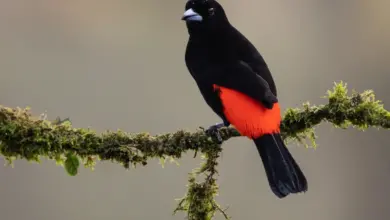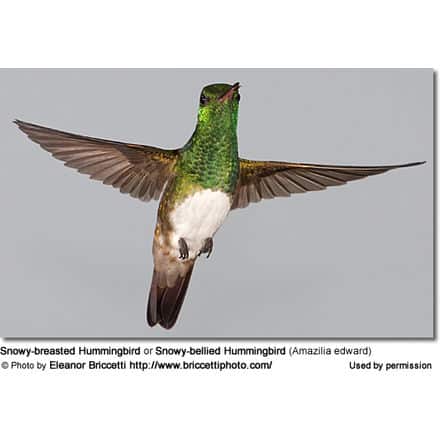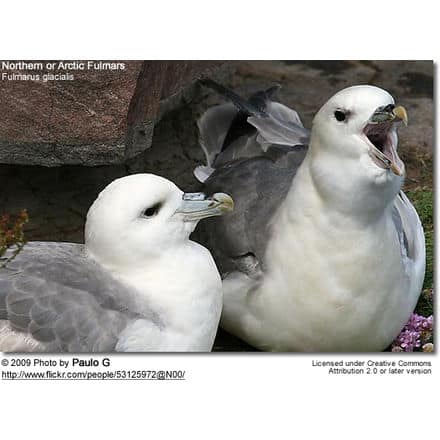Australian Swiftlet
The Australian Swiftlets (Aerodramus terraereginae) is a small bird belonging to the genus Aerodramus in the swift family, Apodidae. It is endemic to Queensland in north-eastern Australia. It was formerly included in the White-rumped Swiftlet (Aerodramus spodiopygius) but is now commonly treated as a separate species. It has two subspecies which are occasionally regarded as two separate species: A. t. terraereginae and A. t. chillagoensis (Chillagoe Swiftlet).
Description and ecology
It is 11-12 centimetres long with a wing length of 107-118.2 millimetres and a weight of 10.5-12.5 grams. The upperparts are dark grey-brown while the underparts are a uniform greyish. There are pale feathers on the forehead and lores. The rump is normally pale greyish but can occasionally be darker. The tail is slightly forked. The form chillagoensis is smaller and paler with a weight of around 9.39 grams.
It has a high-pitched flight call. In its breeding caves, it utters a metallic clicking call, used for echolocation (a biological sonar to navigate in caves).
Distribution
A. t. terraereginae occurs in tropical north-east Queensland from the Claudie River on the Cape York Peninsula south as far as the Eungella Range near Mackay. It is mainly found near the coast including a number of offshore islands. It occurs up to 1000 metres above sea level but is commonest below 500 metres. A. t. chillagoensis is found further inland in the area around Chillagoe, west of the Great Dividing Range.
Ecology
Breeding occurs from July to March. The species breeds in colonies which can contain hundreds of individuals. These are located in caves or sometimes amongst boulders.
The nest is attached to the walls or ceiling of the cave, 2-20 metres above the ground. It is translucent and basket-shaped and made from saliva mixed with grasses, casuarina needles, twigs, and feathers.
Two clutches are laid during the breeding season, each consisting of a single white egg. The egg is incubated by both parents for about 26.5 days. Incubation of the second egg is aided by warmth from the first chick. The young bird remains in the nest for about 46-51 days after hatching.
The Australian Swiftlet feeds in flight, preying on insects and drifting spiders. It forages in flocks over rainforest edges, savannas, pastures, beaches, and gorges. It generally feeds within 30 kilometres of the breeding colony, leaving the nest for periods of about 30 minutes to hunt.
Swiftlet Information … Swiftlet Species Index … Swiftlet Species Photo Gallery




